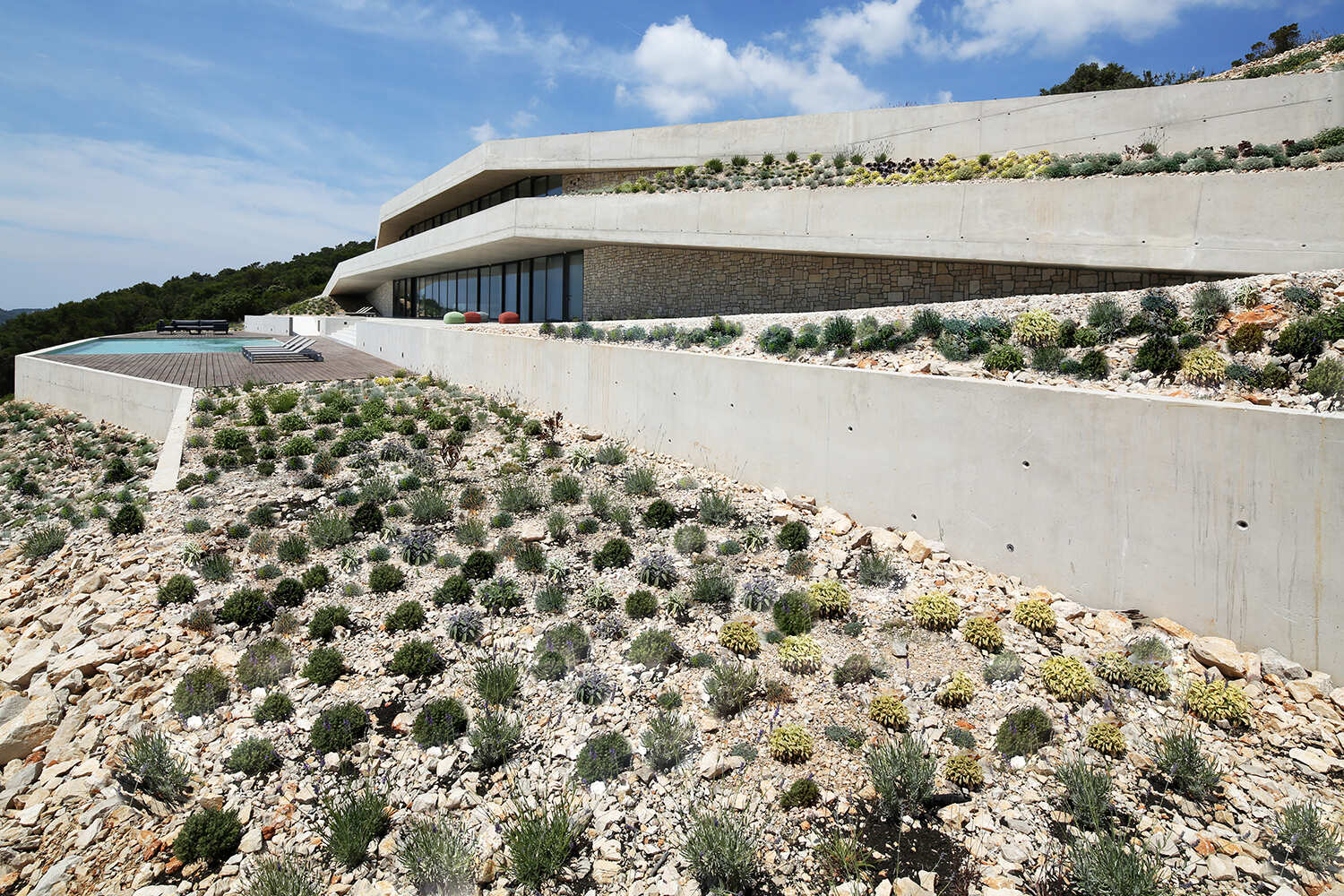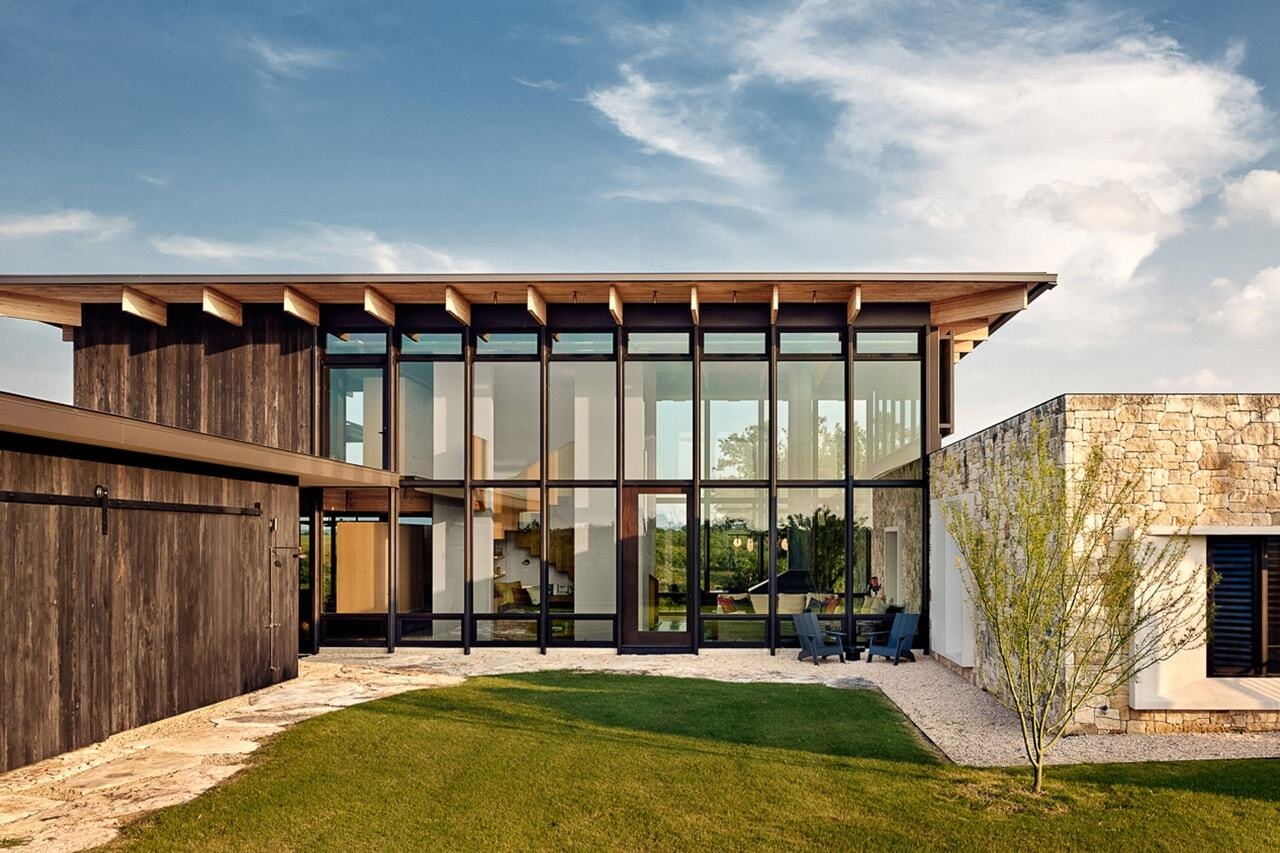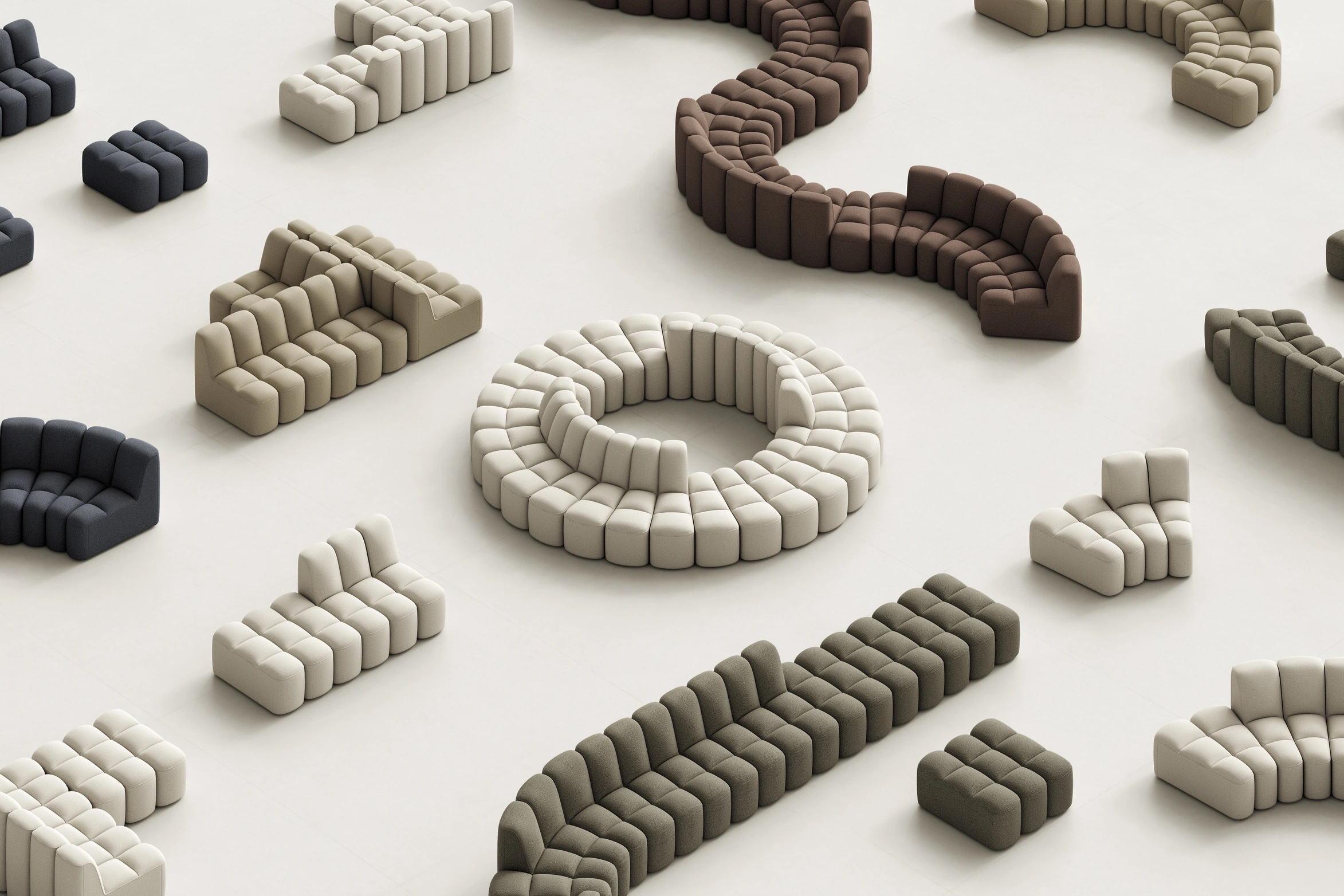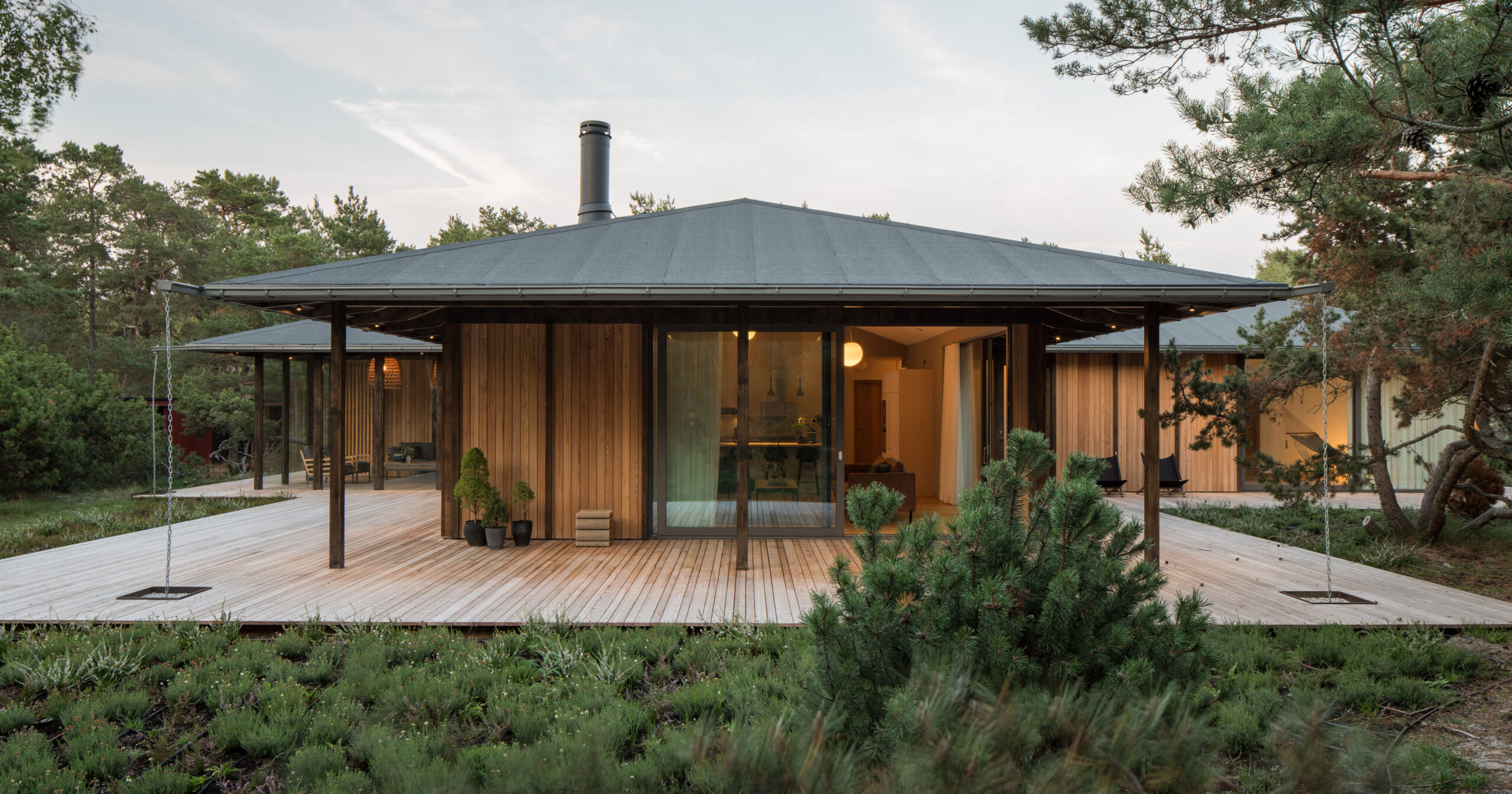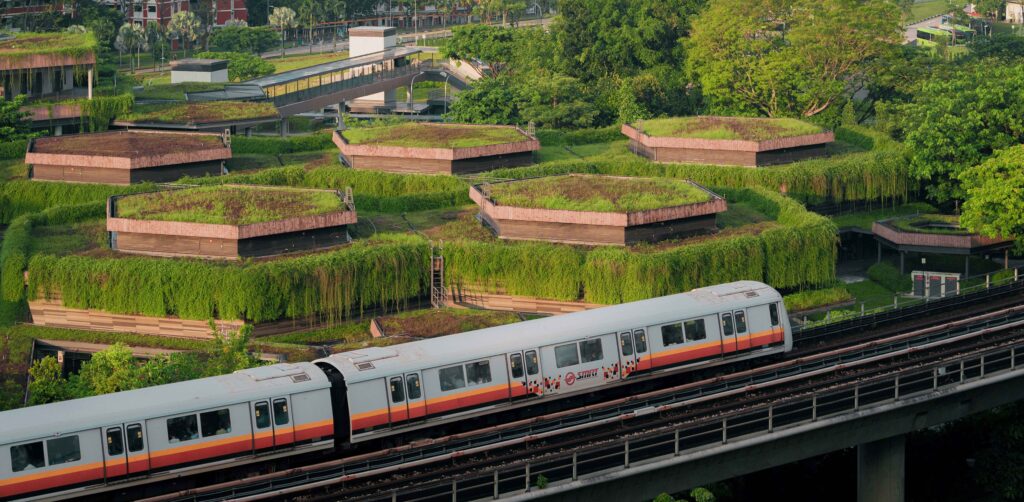The Anti-White Cube: How a Museum for Rural Memory Turns the Typology on Its Head
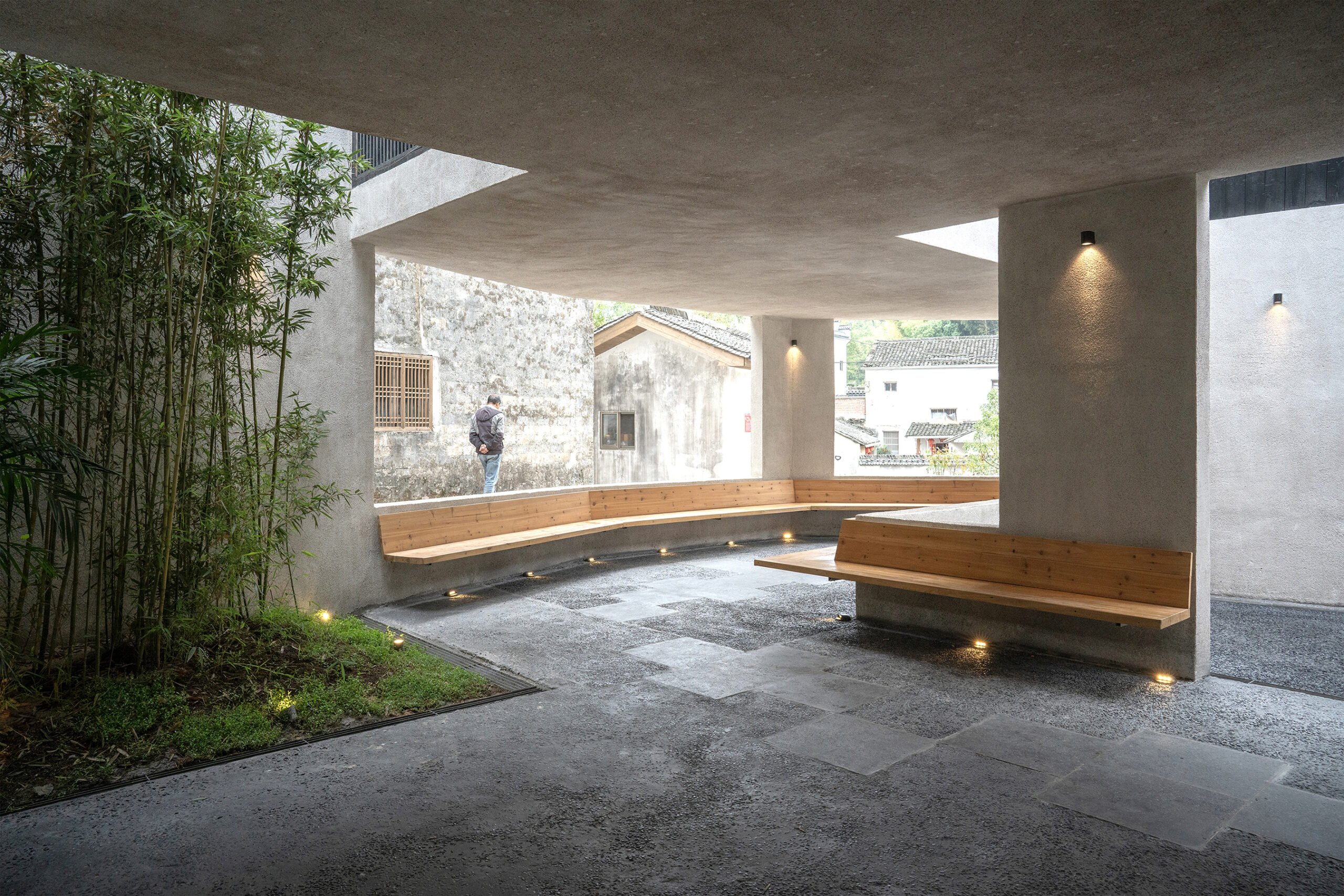
The winners of the 13th Architizer A+Awards have been announced! Looking ahead to next season? Stay up to date by subscribing to our A+Awards Newsletter.
For many years across different cultures, museums have helped people remember who they are. They keep important stories from the past, help us understand the present and imagine the future. Most people think of museums as large, fancy buildings with shiny floors and old treasures. But what really matters is how museums help people feel connected to their roots. The modern museum, however, is often known as a space with pristine white walls, where memory is frozen behind a vitrine and framed for passive contemplation. There is a widespread assumption that they are cosmopolitan, urban landmarks. For the past several decades, museums have been designed as flashy monuments that are often set apart from the rest of the city and directed at international audiences.
Yet, museums are not just places for storing objects; they are tools for remembering. They hold onto the memories of people, places and everyday life, especially in communities where traditions are fading. In this way, museums become living parts of a culture. They can spark pride, belonging, and understanding, not only of history, but of identity. This idea is even more potent in rural areas, where change often comes quickly and quietly. In villages, old buildings disappear, elders pass away, and stories that were once told by word of mouth can be lost in just one generation. A museum offers a way to protect those stories, not by freezing time, but by carefully bringing the past into the present through design, storytelling and shared experiences.
One great example of this is the Rural Memory Museum in Fengwu Village, which was awarded as the Popular Choice Winner in the Architecture + Localism category for the 13th Architizer A+Awards. In a village where much had been forgotten, this museum brings memory back to life, not just by looking back, but by giving people a space to gather, reflect and reconnect and build a shared future.
A Village in Need
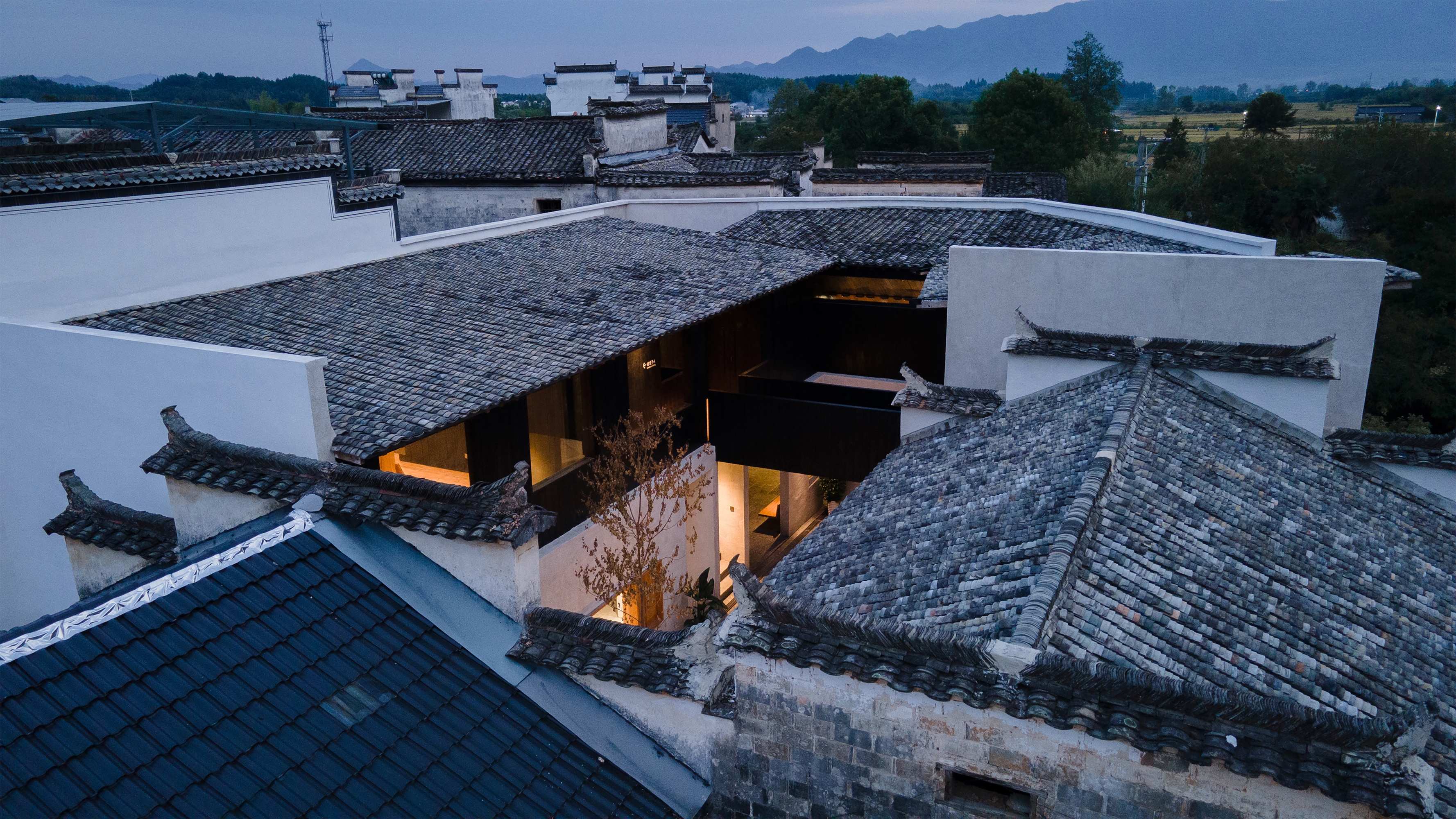
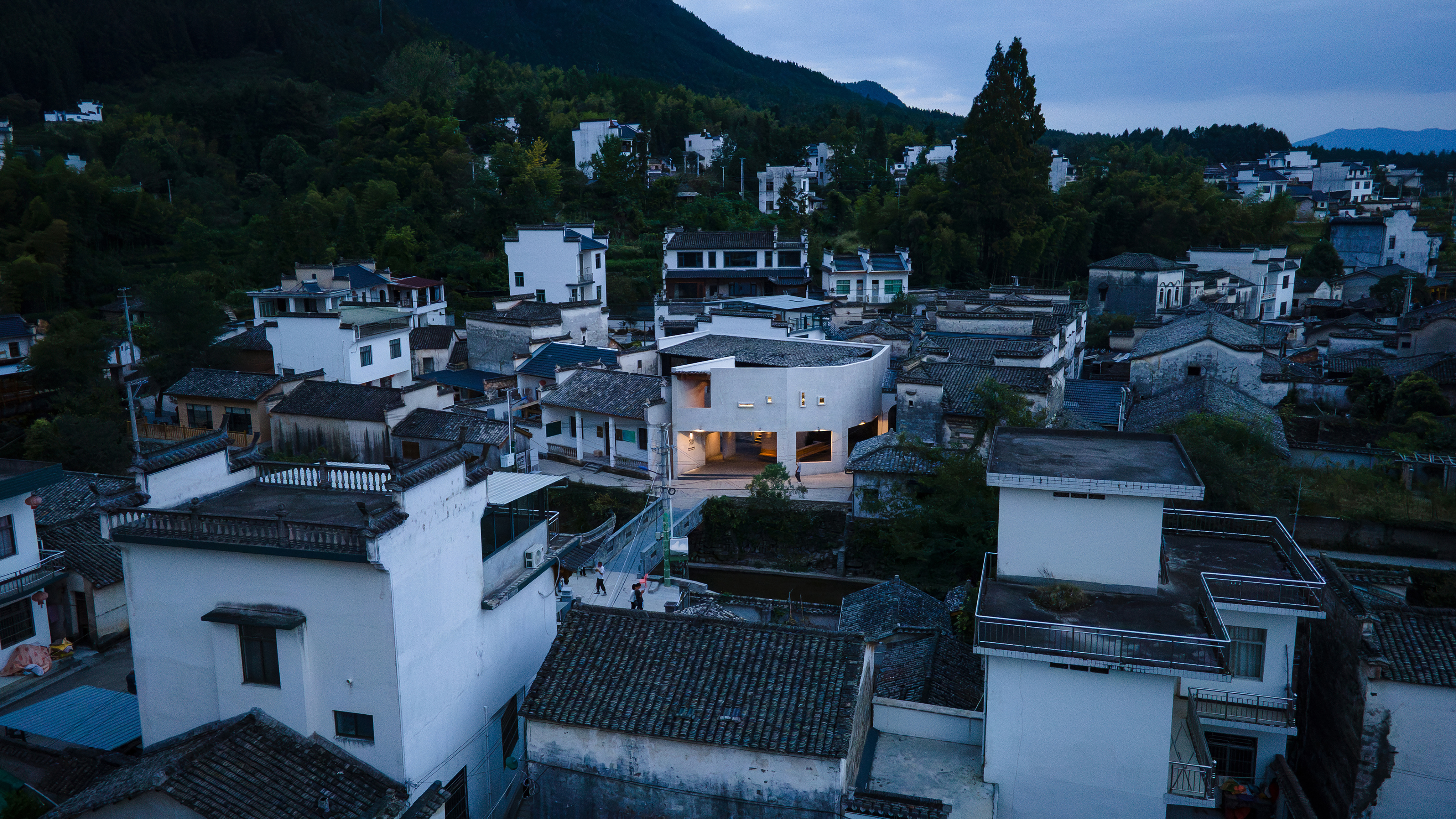
Rural Memory Museum by IARA, Fengwu Village, China | Popular Choice Winner, Architecture + Localism, 13th Architizer A+Awards
Fengwu is in Huangshan City’s Yixian County, close to the famous ancient villages of Xidi and Hongcun. It has beautiful scenery, but it has faced many challenges. Unlike its neighbors, Fengwu didn’t have historic buildings to protect. Over time, many people moved away, the population grew older, and the village became quiet. Public spaces were empty, and local traditions started to disappear.
In 2023, a project called “Fengwu JI” began. The goal was to bring life back to the village using good design and by including the community. Architecture wasn’t just about building things, it was about telling stories and healing the soul. Central to this project was the Rural Memory Museum, designed by IARA. Unlike the detached, climate-controlled galleries of urban institutions, the Rural Memory Museum invites dust, footsteps and dialogue; it is less a container for objects than it is a stage for life.
A New Life for an Old Site

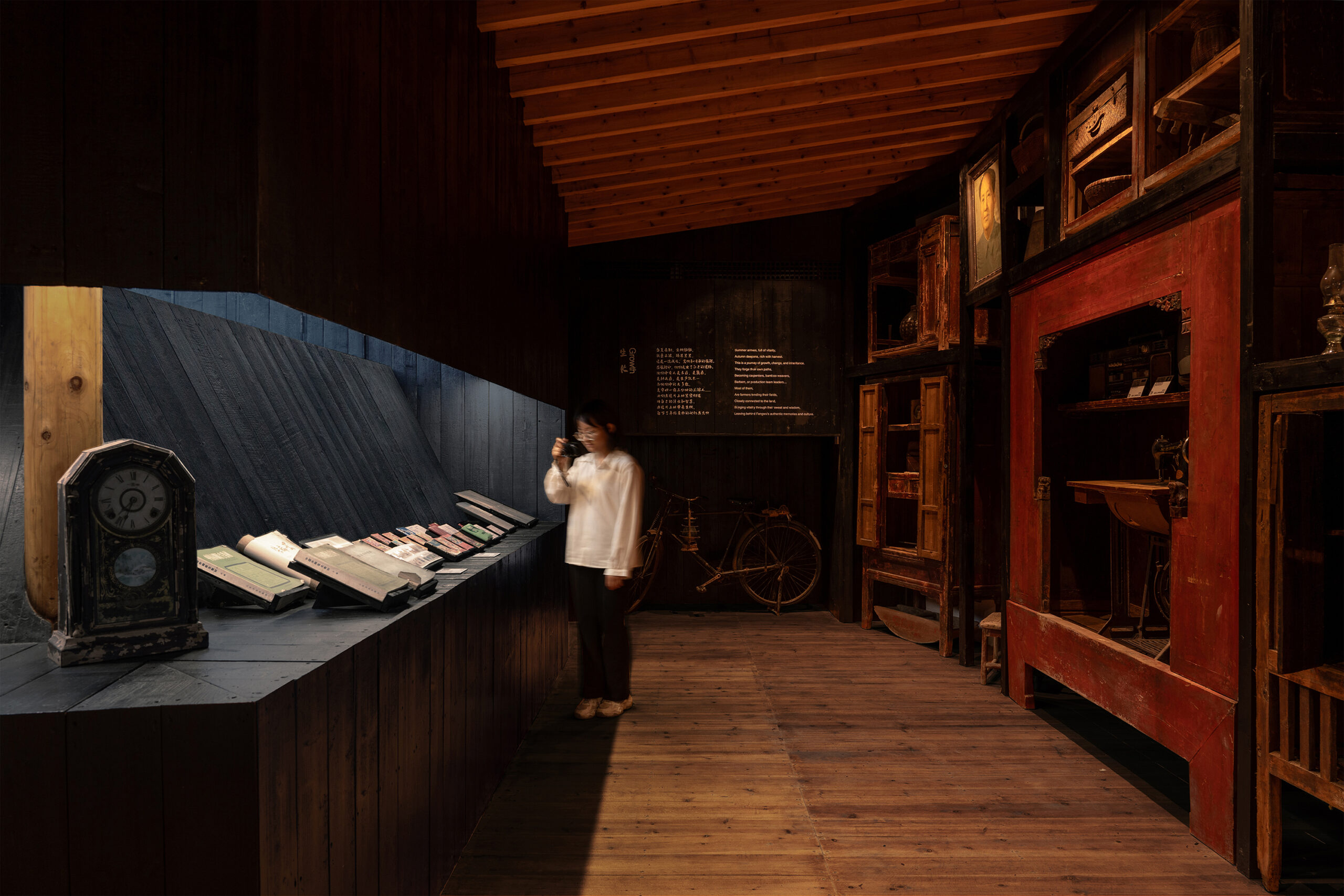
Rural Memory Museum by IARA, Fengwu Village, China | Popular Choice Winner, Architecture + Localism, 13th Architizer A+Awards
At the center of the village, there used to be a building called Yingfengli, which no longer exists. All that remained was a square with workout equipment and no shelter from the sun or rain. The new museum was built on this same spot, not to copy the old building, but to bring its spirit back in a new way.
The architects used the same shape and size as the original building. They chose local materials and styles to ensure the museum would fit naturally into the village. It doesn’t try to stand out, it feels like it belongs. But still, it makes a quiet, strong statement: this is a place for memory. The elevated base and J-shaped plan allow the building to function as a hybrid typology — a veranda, museum and plaza — blending domestic and civic qualities. It’s a spatial concept that echos those of traditional homes in this part of China, but instead of turning inward like old courtyards, it opens up to invite people in. It shares space with nearby homes and a clinic, showing how public spaces can be flexible and shared.
Building with History
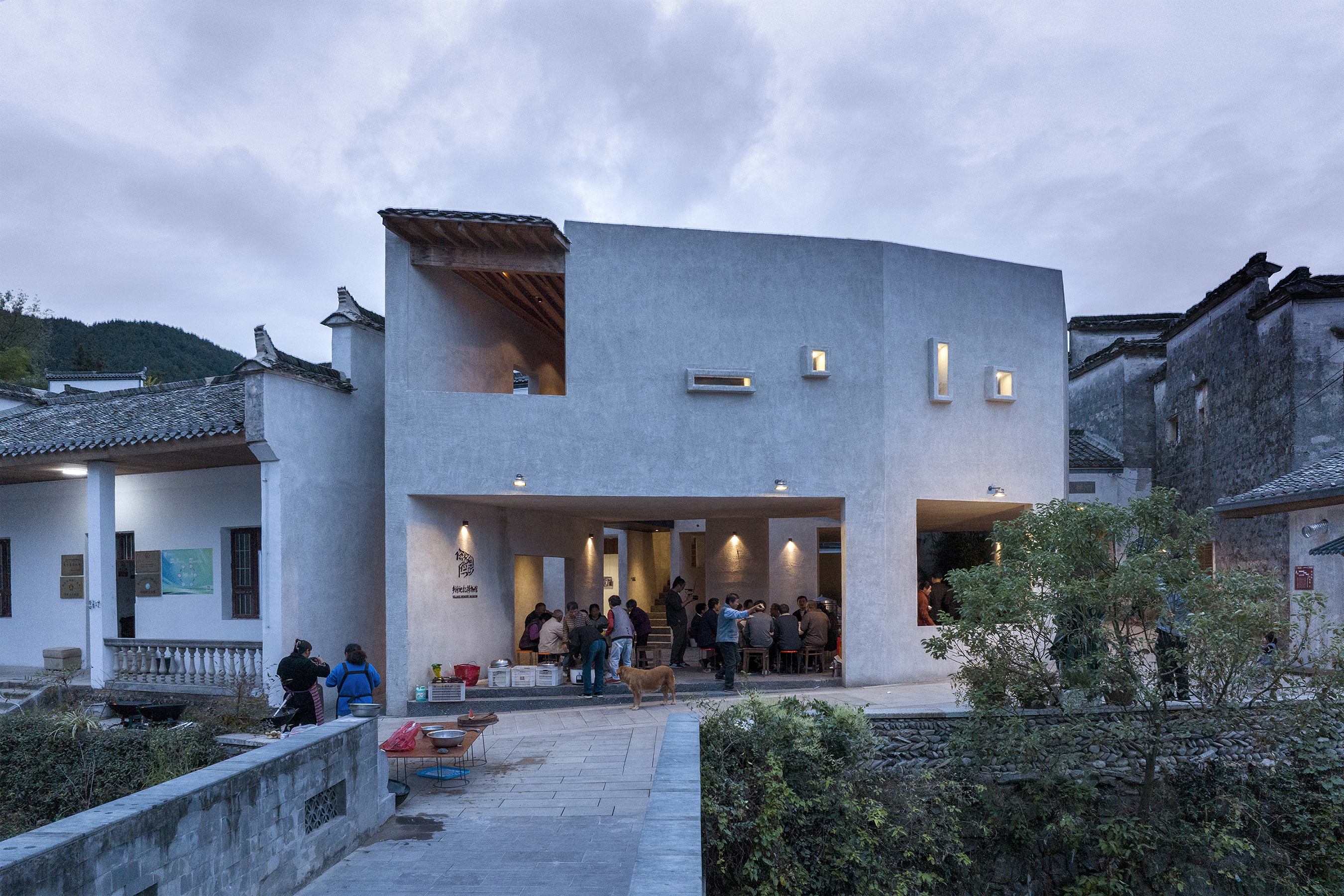
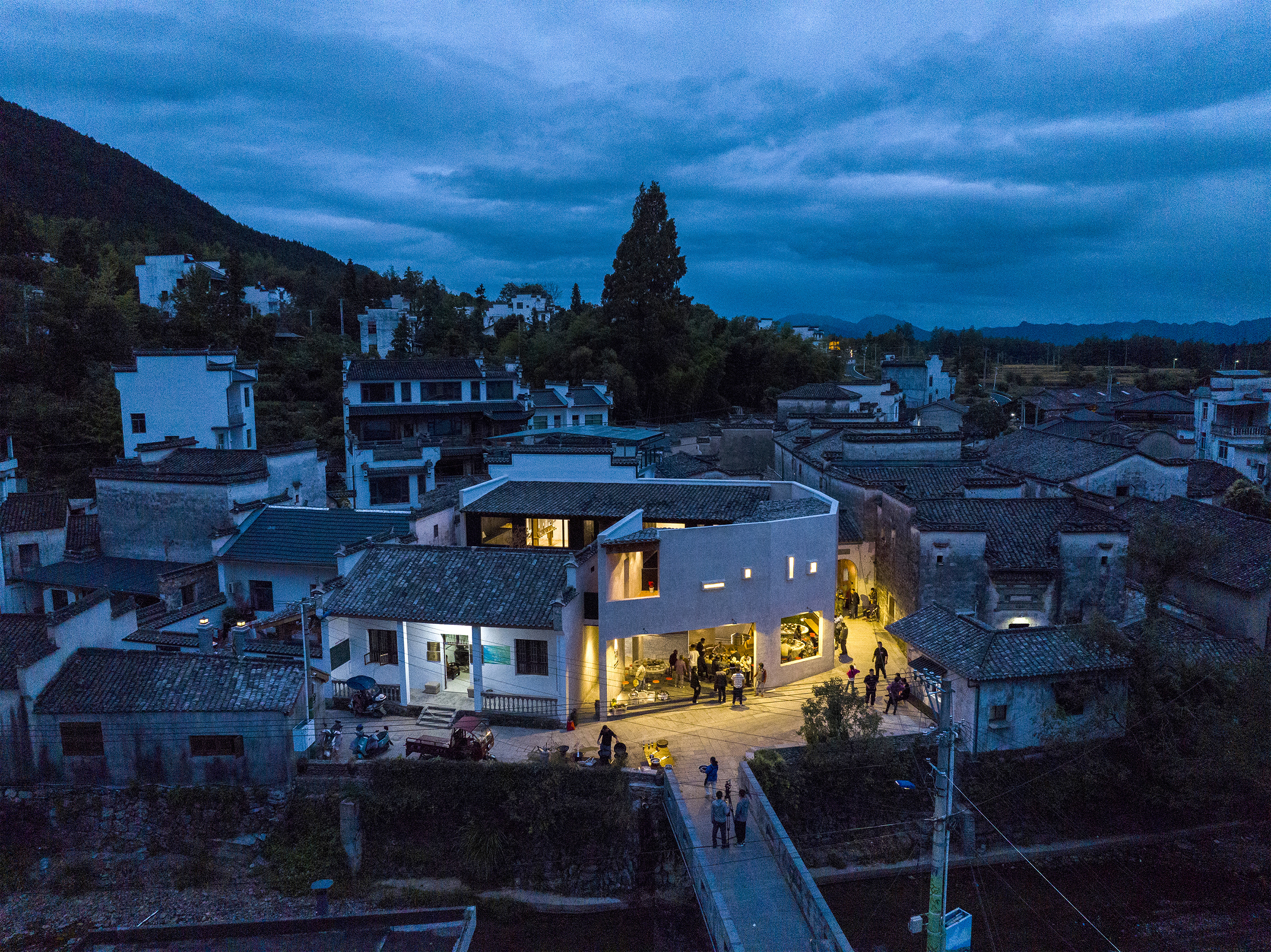
Rural Memory Museum by IARA, Fengwu Village, China | Popular Choice Winner, Architecture + Localism, 13th Architizer A+Awards
From the outside, the museum’s white walls look just like the old village buildings. Inside, it uses light wood to create a calm and warm feeling. The design mixes old and new, grey roof tiles and wood bring the past to mind, while modern techniques make it fresh. The walls are made from river sand, lime and cement, and they’ve been aged by hand to look like they’ve been there for years. The wooden panels have been burned slightly, a method that protects the wood and gives it a deep, rich color. These materials help people feel the past through touch, not just sight.
Inside the museum, there are three main spaces that each tell a part of the village’s story. The Rural Memory Hall is a gallery filled with stories and personal objects donated by villagers, highlighting everyday life and traditions. The Future of the Village Hall is a bright, open room with large windows that offer views of the landscape, inviting visitors to reflect on what lies ahead. Lastly, the Time Box is a small, dark screening room lit by a single lightbulb, creating a peaceful space for thoughtful moments and quiet reflection.
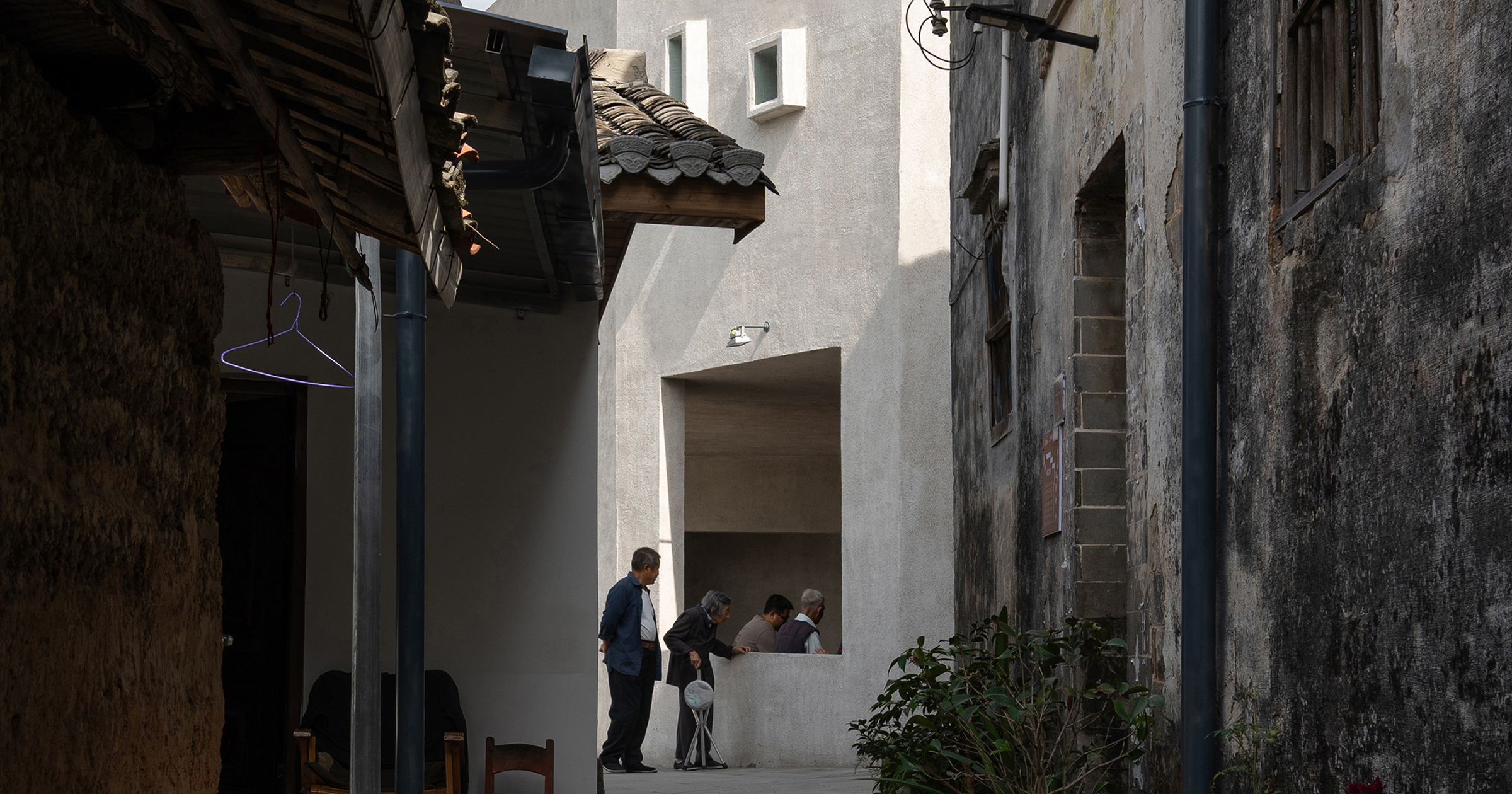
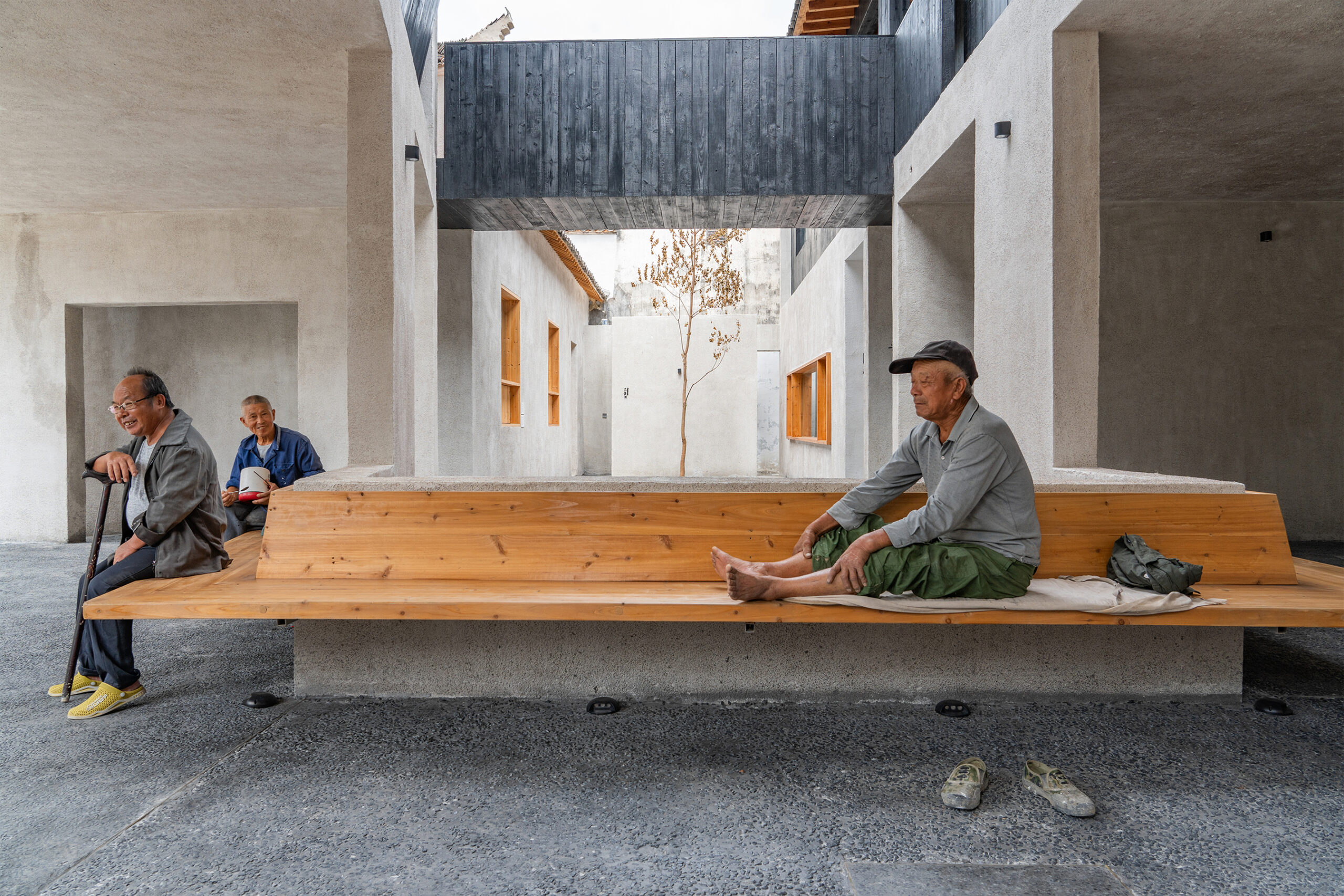

Rural Memory Museum by IARA, Fengwu Village, China | Popular Choice Winner, Architecture + Localism, 13th Architizer A+Awards
In spirit, the museum recalls the civic humility of Lina Bo Bardi’s SESC Pompeia or Wang Shu’s Ningbo History Museum — spaces that make memory tactile, not abstract. The Rural Memory Hall, now home to personal items donated by villagers — things that tell stories about their lives — is especially touching. Where most museums separate artifact from user, this one repositions everyday objects as cultural anchors — creating what the architects call the ‘Poetry of Life.’ It gives new meaning to everyday things, and helps people feel proud of their shared history.
Even before it officially opened, the museum became a popular gathering place. Two big community meals were held under its roof. Now, people use the space for weddings, funerals, festivals and more. It’s a museum, but also a public square and a cultural heart. At the grand opening, the whole village came together again to share a meal. It was more than a celebration, it was a sign that something important had returned. The village had found its spirit again. Memory had come home.
The winners of the 13th Architizer A+Awards have been announced! Looking ahead to next season? Stay up to date by subscribing to our A+Awards Newsletter.
The post The Anti-White Cube: How a Museum for Rural Memory Turns the Typology on Its Head appeared first on Journal.





























